The Influence on Modern Fantasy Literature
In ancient winds, the stories rise,
From peaks of mountains to skies so starry.
A Greek god thunders, a Norse wolf roars,
While spirits drift through the African shore.
The Phoenix burns, reborn afresh,
The dragon’s flight wakes the first light of dawn.
Celtic faeries dance on hills of green,
But Mayan gods make realms unseen.
Worlds are finding new life in every myth
Each of them is a separate timeless tale buried in our hearts.
Introduction
World Mythology is a central point of interest in human culture that has always been in humans’ minds for thousands of years and has allowed them to tell their tales about gods, heroes, monsters, and magic. These old-time stories are yet alive and well, there are still many facets of them in present-day fantasy literature. The combination of myth and contemporary fantasy literature has led to the creation of detailed and dynamic worlds that keep readers engaged all around the world. This essay will look at the varied mythologies of different countries—such as Greek, Norse, African, and Indian—and their influence on the most demanded books and their authors today.
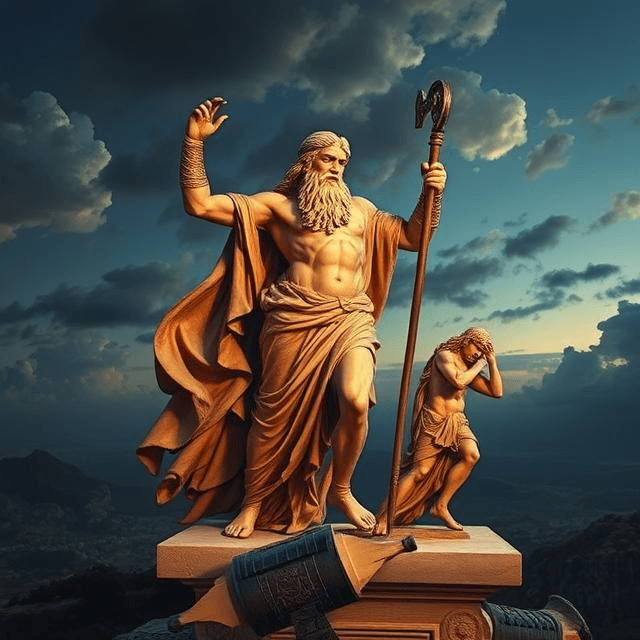
1. Greek Mythology and Its Impact
One of the most influential sources for modern fantasy writing is Greek mythology. That rich mythology that contains powerful gods and fictional heroes has given birth to innumerable writers. Rick Riordan’s Percy Jackson & The Olympians series is a prime example. Riordan brings classical heroes down to earth and builds a new civilization that is fascinating and beautiful, especially for teenagers who are untalented but of divine essence. Madeline Miller’s Circe also, in its turn, draws from Homer’s The Odyssey, feminism, and challenges the status quo in the great magician Circe’s life. This makes Circe a feminist theory.
Greek Mythology’s world widely cherished messages have always been the reason for its still-lasting popularity in the genre of fantasy. The themes are about heroism, tragedy, and fate, fate being the one that has let neither God nor mortals evade.

2. Norse Mythology’s Contributions to Fantasy
Norse mythologies, which consist of stories of the gods Odin, Thor, and Loki, are the ones that have had the most relevant impact on fantasy literature. J.R.R. Tolkien’s The Lord of the Rings is, for instance, inspired by Norse myths in its representation of the dwarves and the apocalyptic scenario of Ragnarok.
In today’s pop culture, Marvel’s Thor series has also been the one to revive Norse mythology by mixing it with superhero fiction. On the other hand, writers like Neil Gaiman have taken to Norse stories in a book called Norse Mythology, where he rewrites those myths in his typical way. The themes of destiny and cosmic battles found in Norse mythology place it as the never-drying source of imagination for fantasy writers.
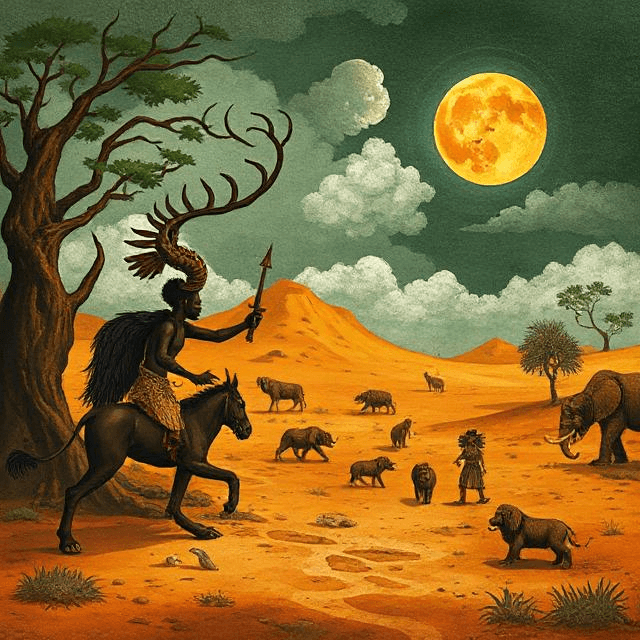
3. African Mythology in Fantasy Literature
African mythology, which has a rich oral tradition of World Mythology and many different pantheons, has increasingly become a part of fantasy literature. N.K. Jemisin’s The Broken Earth trilogy is a piece that gets into themes of power and survival inspired by African myths and the cosmology of the continent. In addition to all the rest, Tomi Adeyemi’s Children of Blood and Bone is also covering African mythology as a theme of its own.
It is a description of a magical land built around the West African folk tales that aim to deal with themes of oppression, rebellion, as well as self-discovery. African mythology’s increase in presence in fantasy no doubt is a force of variety in this kind of writing.
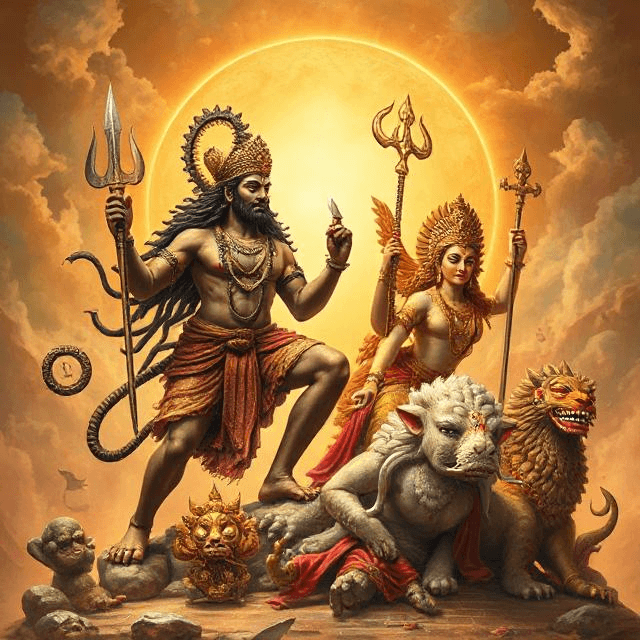
4. Indian Mythology in Modern Fantasy
Indian mythology is rated as one of the richest folklores in the world, featuring epic tales such as the Great Indian mythology, Mahabharata, and Ramayana, rendered by complex stories of gods, demons, and cosmic wars. These myths have motivated many modern authors. One of the best examples is Amish Tripathi’s Shiva Trilogy. This best-selling series is a whole new version of a Hindu god Shiva who is destined to be a warrior and save humanity. Through the blend of mythology, history, and fantasy reality, Tripathi has produced an attention-grabbing story that is loved by people of various age groups.
In World Mythology, other than the Western writers of till now had taken hold in the Indian mythology. The Eighteen Days of Grant Morrison is envisioned in future times, so Mahabharata, which is one of the timeless stories, is being retold, where the main themes of duty and destiny are particularly emphasized. Indian mythology goes hand in hand with fantasy literature thus, we now have access to the unique combination of spiritual, moral as well as heroic tales) which leads to an increased number of potential readers.
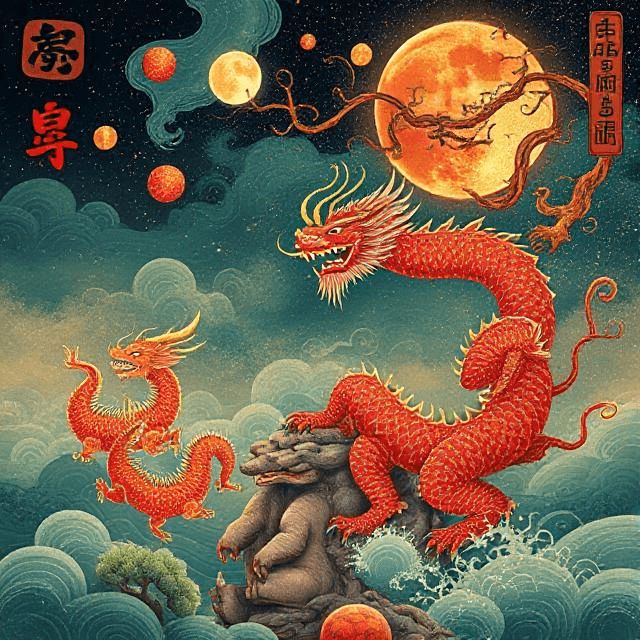
5. Chinese and East Asian Mythology
In East Asian mythology, one could go with its dragons, as well as battles between the celestial beings and the marbles of the legendary warriors, has long been a source of life and animation for the first few occurrences of the same in fantasy texts. With such a plethora of Dragon Ball Z, and investing Comics! This phenomenon is perceived as associated with the Dragon Ball Z superhero figure.
Jin Yong’s wuxia novels are a Chinese counterpart in the world of too many fables where the writer introduces the settings of history, elements of martial arts, and other things. Furthermore, Rebecca F. Kuang’s The Poppy War series features the use of a story of the Phoenix, Chinese history, and mythology to scrutinize or tell stories about the Vietnam War, Creating Power, as well as documentalist (Climate Change and Devolution).
Meanwhile, folklore from the Japanese is another example, especially in animations and fantasy literature. They are the stories that incorporate the lore of the spirits of foxes and yōkai, these spirits are the ones behind the king’s child’s appearance and they are told through a host of storyline motifs from the very ancient to very modern and contemporary. These narratives are fascinated by a bright lens, through which characters and the world are discovered.

6. Celtic Mythology and Its Inspirations
To the list of mythologies is one that contains the Magick of Celtic and Viking lands through its muses – which are the ancient divinities of fairies, gods, the spirits of songs, and magical places. Having an earthly birth, it is one of the most frequently recurring motifs in the Arthurian cycle, such as the burial of the queen in the lake that gave birth to Arthur.
Some of the Arthurian tales such as the legend of King Arthur and Excalibur are also based on Celtic mythology. Susan Cooper’s The Dark Is Rising series became well-known as they were modern to Celtic myths. The series transpires in a land of miracles and prediction, inspired by the ancient period and it contemplates the never-ending struggle between good and evil.
Certain aspects of George R.R. Martin’s Game of Thrones are perceptibly Irish at times, exceptionally seen with the depiction of the mystical woods and old deities. The interconnection between Celtic mythology and spirituality and the spiritual world has over the centuries moved many writers to create beautiful, atmospheric, worlds of fantasy.

7. Middle Eastern Mythology and Fantasy
Nevertheless, Middle Eastern folklore, as can be seen in the One Thousand and One Nights, offers the fantasy writers an inexhaustible supply of themes for World Mythology . The anecdotes, which are concerned with jinn and the air travel of human beings on magic carpets, in addition to the stories about the seafloor cities have been the object of influence of multiple books. One might say that Saladin Ahmed’s Throne of the Crescent Moon perfectly fits this category. The story of the novel is set in a parallel world that is patterned after medieval Arabia.
A set of crusaders are the main characters of the story who, apart from dealing with supernatural forces, are involved in all forms of political machinations. Ahmed was able to produce a concrete storyline that incorporated various features of the Middle Eastern tradition in his work. Of late, the tradition of djinn in modern-day world literature has also been getting increasingly popular. Serving as the primary symbol of freedom and destiny, these potent wish-fulfilling beings are the main protagonists of both classical and contemporary fantasy literature.
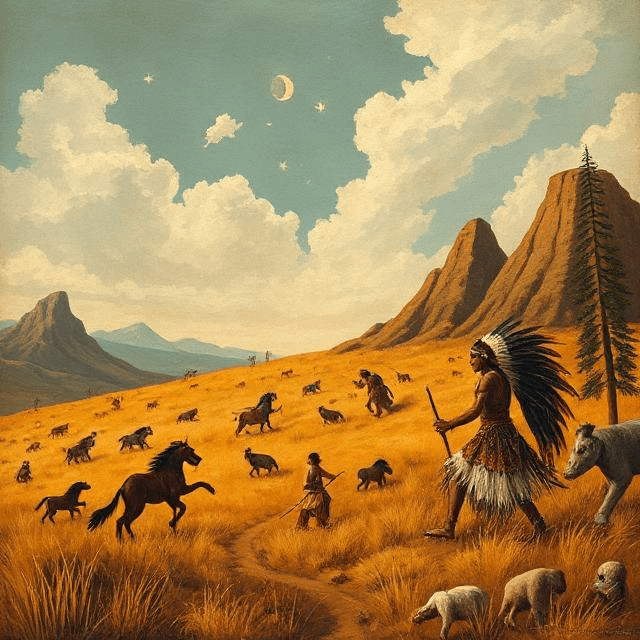
8. Native American Mythology in Fantasy
Further in World Mythology, the Mythologies of Native American Indians, which draw their roots from oral tradition and deep attachment to the spiritual side of nature, have begun to gain their place as well in the world of fantasy literature. The narrative of these stories is mainly the stories of the likes of trickster gods and animal protectors besides others that serve as an outlet for cultural ideas and views. Rebecca Roanhorse who is the main author of Science Fiction and Fantasy for Adults has written a new book named Jowney A Cherokee Myth Trail of Lightning is a great example of the Native American fantasy genre.
The book is a post-apocalyptic story that features the famous Navajo mythology and characters like Coyote and other supernatural beings as main ones. By promoting Native American mythology, writers like Roanhorse are mopping the sky of fantasy literature with many colors and at the same time are paying homage to the ancient tradition of Indigenous storytelling.
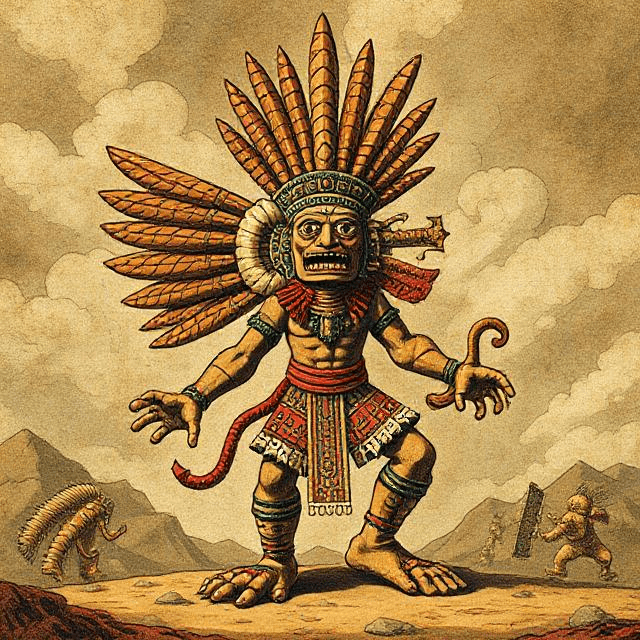
9. Mesoamerican Mythology in Fantasy
Mesoamerican mythology, particularly the myths that deal with the Aztec and Maya civilizations, is usually filled with stories of gods, sacrifices, and cosmic cycles, which is a rich part of World Mythology. These legends are often connected with eternal themes of life, death, and rebirth. The mesmerizing novel Gods of Jade and Shadow by Silvia Moreno-Garcia is based on stories from the Mayan world by Mayan mythology. The narrative is about a young girl who decides to join the Mayan god of death on his journey, which deals with the concepts of destiny and freedom.
The more and more famous Mesoamerican mythologies are getting the session, the more and more authors start using them in their fiction for creating worlds that are not only old but quite new as well.
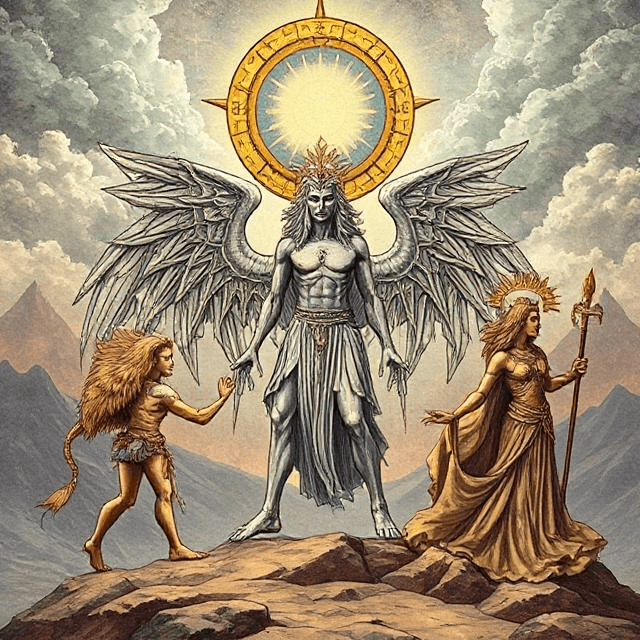
10. The Role of Mythological Archetypes
In World Mythology, Mythological Archetypes, such as the hero, the mentor, and the trickster, are key figures in almost every fantasy story. In his idea of the Hero’s Journey, Joseph Campbell articulates the tradition of myth or the common stages of a hero’s quest, starting from the call to adventure and ending with the return to the original point.
George R.R. Martin wrote a series of books called A Song of Ice and Fire which is just jam-packed with typical personalities from that era, that includes Jon Snow as the hero, although reluctant, and Tyrion Lannister as the prankster who is generally shunned. These archetypes, which find their origins in ancient myths, are useful tools in character breakthroughs and ageless stories so that the reader may identify with the mythmaker and understand the Mythological World of World Mythology.
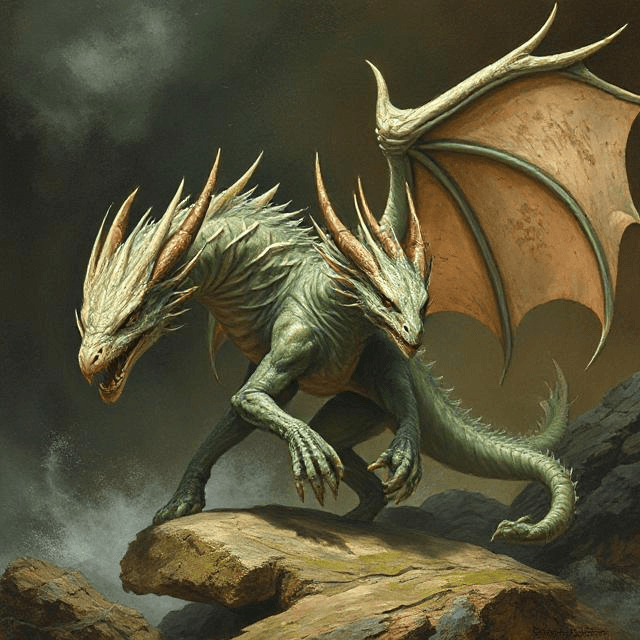
11. Mythical Creatures in Fantasy Literature
World Mythology has a great supply of creatures like dragons, phoenixes, and griffins, that have been a source of inspiration for fantasy writers for a long time. Their primary functions include those of symbolizing the strong, the metamorphosis of habits, and the enigma of development.
Within the Harry Potter series by J.K. Rowling, we may find some mythical beasts coming from diverse world mythologies, and among those are the Hungarian Horntail dragon and the phoenix Fawkes. As allegories of characters’ inner challenges in life, mythical creatures give a magical aspect to the setting while also adding substance to the protagonists’ development and of World Mythology.
One of the reasons why mythical creatures continue to be interesting is that they can make a person’s mind create images and drive a person into a fantasy land.
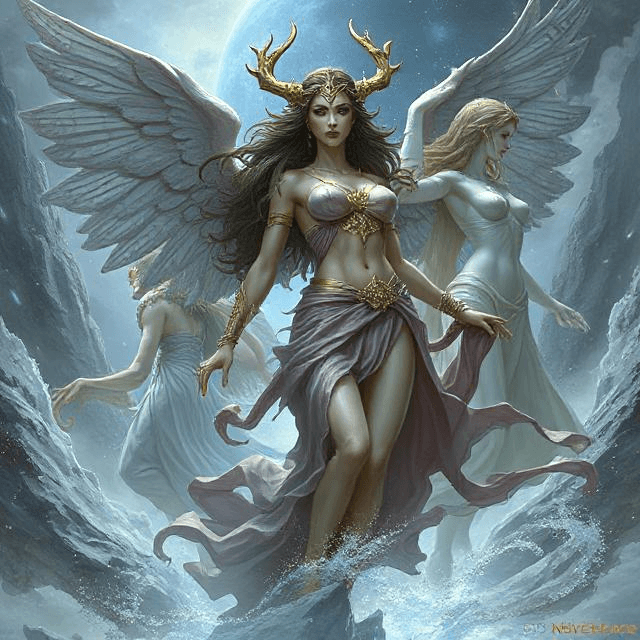
12. Female Figures from Mythology in Fantasy
Mythological stories are full of mighty goddesses and heroines, and many modern fantasy writers are creating new female characters who are as strong as the old ones. Circe of Greek mythology is the main character in Madeline Miller’s Circe who, as a witch, is developed as an individual finding her way to being an independent woman. On the other hand, in Naomi Novik’s Spinning Silver fairy tales and mythology are utilized to convey the story of women who go beyond what society expects of them quite too. These redoes point out the eternal force of mythological women and their valid place in the modern tattle.
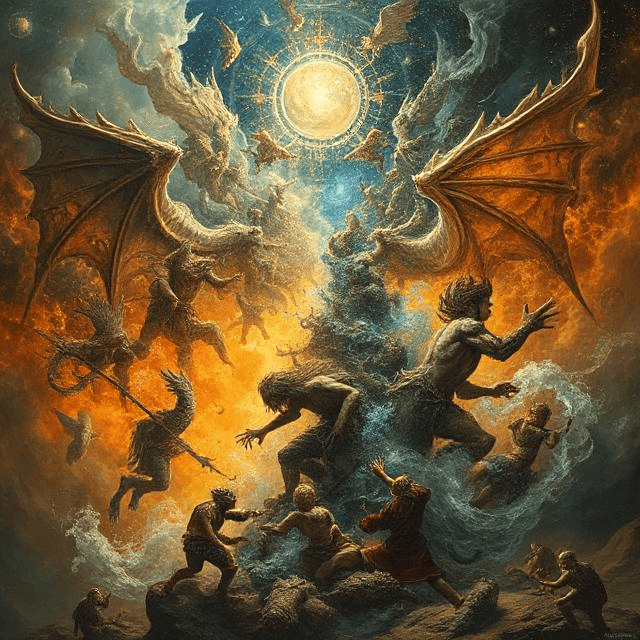
13. The Fusion of Multiple Mythologies
As a part of World Mythology, a group of writers decided to combine different cultures’ myths to form elaborate, multiethnic fantasy lands. One of the most excellent books in this regard is Neil Gaiman’s American Gods, which is about the gods and myths of the Norse, Slavic, African, and Native American cultures.
If the modification of different mythologies would occur it would be quite tricky, however, it could also become a pathway of examining the human essence through the variety of mythologies. This can be achieved through tourists and writers who can tell a story of both past and future.
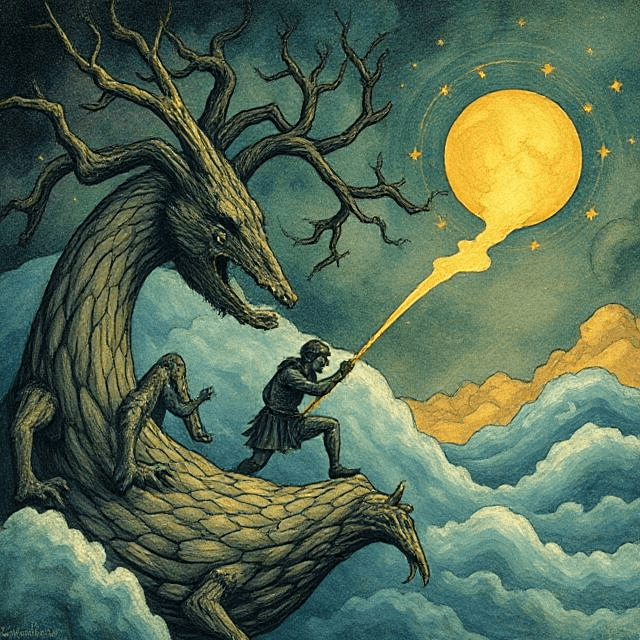
14. Myths as Metaphors for Modern Issues
Many writers utilize mythology to discuss some social and political problems that exist in the present day. The Poppy War trilogy, authored by R.F. Kuang, is based on Chinese mythology and history and talks of colonization, conflict, and self-identification.
Fantasy literature tends to act as a mirror to society, where it is inspired by myth. The authors in the present time who use legendary stories to express modern problems make the narrative both provocative and everlasting.
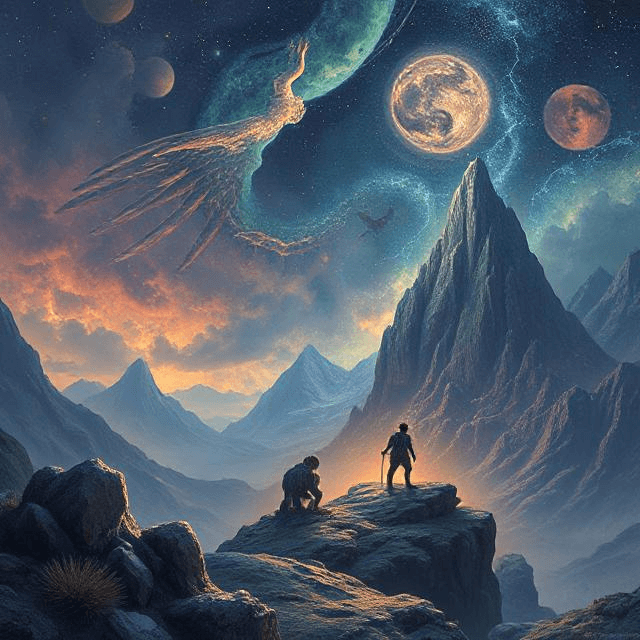
15. The Future of Mythology in Fantasy Literature
The fantasy genre will not remain the same in the future since more writers are nowadays considering mythology from many different cultures. Day by day the new authors are revealing new points of view and unknown narrative forms that will be a modeling example for the rest in exploring territory which fantasy might span.
The future of myth-inspired fantasy is bright, with endless possibilities for new interpretations and narratives. By including and coalescing with the wide tapestry of world mythology, fantasy literature will surely keep captivating and motivating the audience for many centuries to come.
Mythology has been the founding significance of all fantasy literature, which has brought us the ages with all that they could tell, exquisitely the tales of adventure, heroism, and transformation. Across breathless gods of Greece and animistic African spirits, the world remains the source of stories we are so fond of. However, it is through the interpretation of these stories, that the readers can be transported to the mythical worlds that exist beyond, and at the same time, bring to life the ancient and the fantastical.
You May Also Like
The Evolution of Book Covers
Magic Realism
Translating Culture: The Challenges of Literary Translation
Controversial Literature
Novels in Literature: The Evolution”
Paper Page to Screen Page: Digital Shift Reshaping the Literary World

